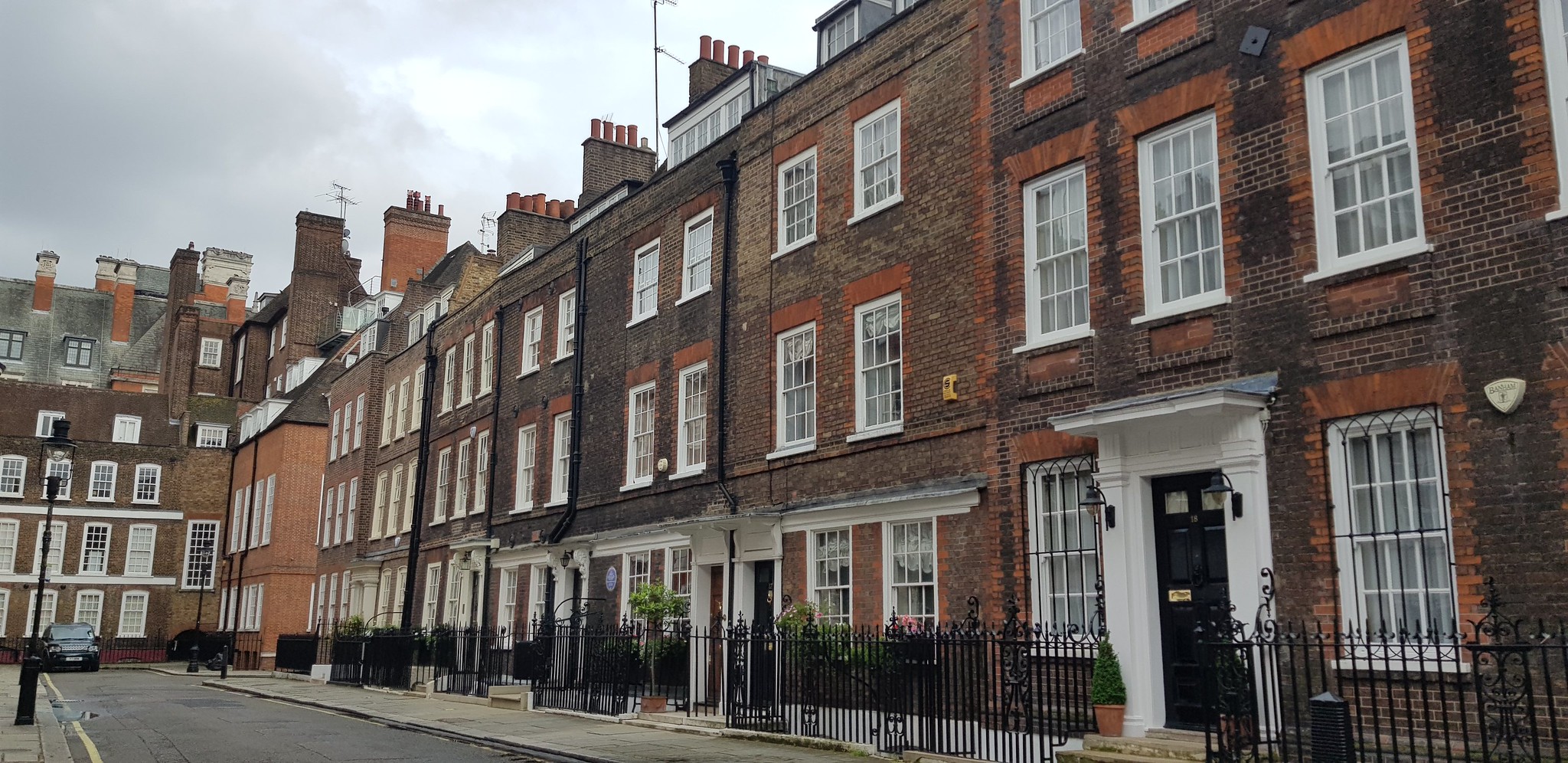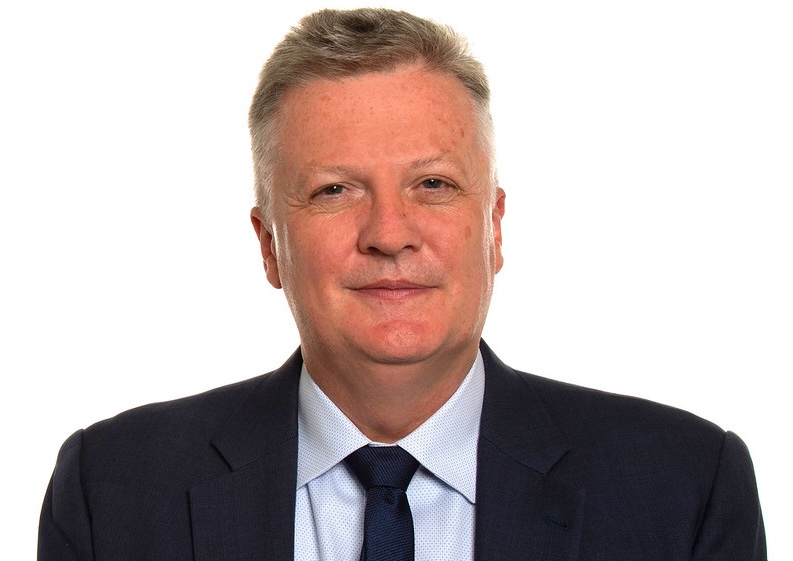
Prime London property prices slipped by 1% over the last year as cash buyers buoyed a “price sensitive” market, says Savills.
The estate agent adds that over the three months to the end of June prices edged 0.2% lower, according to its second-quarter Prime London house prices survey.
It says this compares with a 3.5% annual price fall for UK regional prime properties, “reflecting a continued refocus of demand back to the capital”.
The report points out that the large number of high-value homes in central London has helped the area “remain remarkably resilient” in the period.
It adds: “Higher-value properties, where there is much less reliance on debt to buy a property, have typically seen the least downward pressure on prices over the past year.”
The survey points out that prime prices in the capital are under the greatest pressure where younger homebuyers and investors typically make up the biggest proportion of demand.
This has left the housing market in areas such as Clerkenwell, Shoreditch and Victoria Park “particularly price sensitive”, compared to more mature markets such as Mayfair, Westminster and Marylebone, which “have proved hardier”.
A closer look at the prime central London market shows that houses fell 0.2% over the quarter and were 0.7% down on a year ago. Apartments were flat over the second three months and fell 1.1% over the last 12 months.
However, the survey says at the very top of the London market there is a “continued lack of urgency among international buyers who have been relatively slow to return to the market despite the value on offer from a historical perspective.”
It adds: “A combination of sterling’s appreciation against the dollar, macroeconomic pressures on global wealth generation and requirements for greater transparency around overseas ownership have contributed to this position.”
The prime London rental market has performed well, lifting 1.4% in the second quarter, meaning that annual rental growth, which peaked at just short of 14% in September, is 6.7% on average.
Smaller rental properties are in most demand “as occupational demand shifts towards renting in the face of higher mortgage costs,” the study says.
The report comes after the Bank of England hiked the base rate by 50 basis points to 5%, its 13th rate rise in a row since December 2021, taking it to the highest level in 15 years. The central bank is battling to calm inflation, currently at 8.7%.
Financial markets are currently betting that the BoE bank rate will hit 6.5% next March, while JP Morgan forecasts the rate could touch 7% next year.
The estate agent’s survey says: “Recent further increases in bank base rate and consequently the cost of mortgage finance are likely to put further pressure on prices in the more mortgage-dependent parts of the prime market over the remainder of this year and into next.”
It adds: “While the increased cost of mortgage finance is less relevant in markets such as prime central London, underlying macroeconomic uncertainty is likely to further delay a recovery in prices, that seems long overdue.
“So, while the impact of higher mortgage costs will vary across the market, all of this indicates that the market will remain price sensitive until we see a meaningful fall in inflation and the prospect of interest rates gradually being reduced.”



